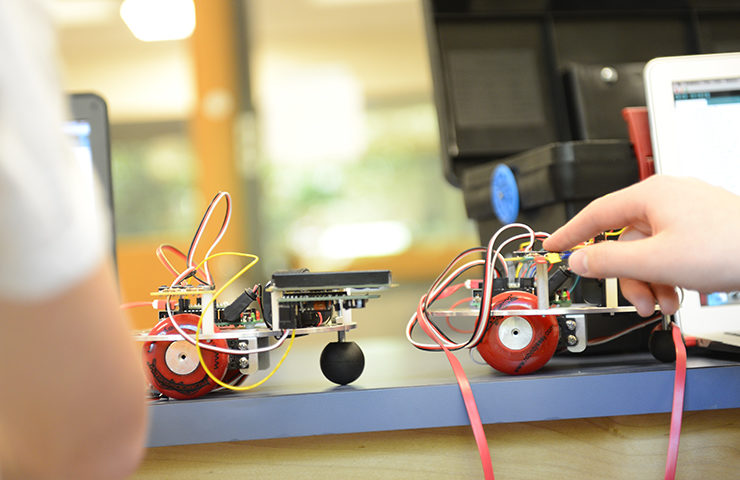
Brian Patton and Chris Odom moved their robotics classrooms online for spring term, shipping robots, microcontrollers, motherboards, sensors, and actuators to the student and testing virtual tools for teaching including Tinkercard and EdPuzzle.
“I used EdPuzzle to make videos that allow me to interject questions for the students watching to make sure that they were taking in new information,” said Chris. “Tinkercard allows you to conduct simulations with a robot without actually having to have the robot. Although we didn’t use it this term, it could be useful for future virtual classroom assignments.”
For the final project, the parameters were open-ended. Students needed to incorporate aspects learned from the first two terms of the course to build and code something that the student was excited about. The project ideas were presented and approved before work began.
“Some of our students decided to learn a different coding language, like Java and Python, so that they didn’t need to work with physical robotic parts at home,” said Chris. “Another student incorporated Legos into his project since students did not have access to the Robotics Lab’s 3D printer and laser cutter.”
Chris was clearly impressed with his students’ work. “One of our students used Python and incorporated it with a robotics language. He made a Connect 4 game using physical computing with the robot and the python with the graphics.”
Chris also spoke about a project that was started before the school turned virtual as a result of COVID -19 but fit very well into the current times. His student Cairo Morton ’20 collaborated with Chris in creating a robot that could be programmed by students all across the world. Chris said that Cairo wrote several pieces of code for the project and really did the heavy lifting in the early stages.
The robot was programmed by a very small computer called a raspberry pie which would listen through WIFI to Dropbox. If it found a piece of code through Dropbox, it would run it through the robot and the robot would run the piece of code. Chris proudly stated that as a result, “students everywhere in the world could program a robot that’s sitting here at George School. That was extraordinarily exciting. That’s just not done at the high school level. I would imagine something like this would have massive and very positive repercussions in the years to come.”

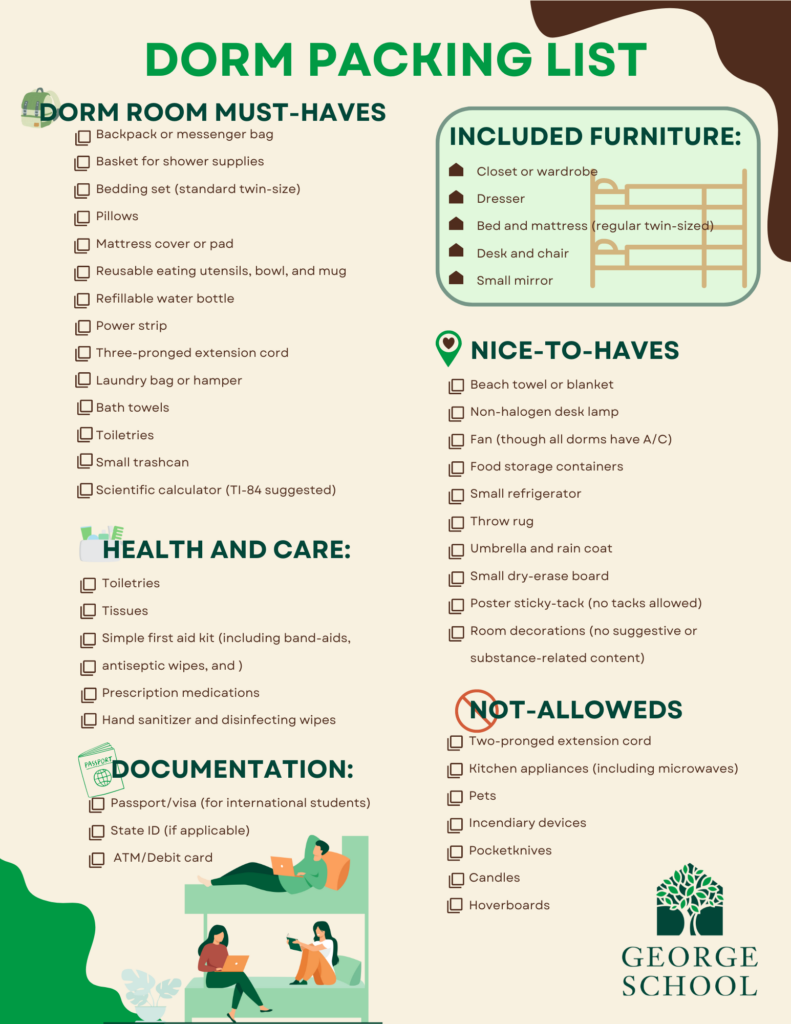
 Joellen Paget Gillon (2015)
Joellen Paget Gillon (2015) Caroline Hedde (2019)
Caroline Hedde (2019)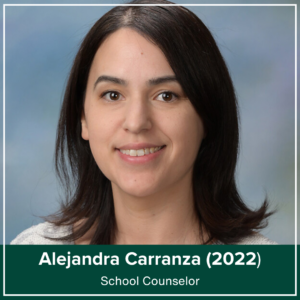 Alejandra Carranza (2022)
Alejandra Carranza (2022) Dr. Mariam Mahmud (2020)
Dr. Mariam Mahmud (2020) Indira Rodrigo (2008)
Indira Rodrigo (2008)
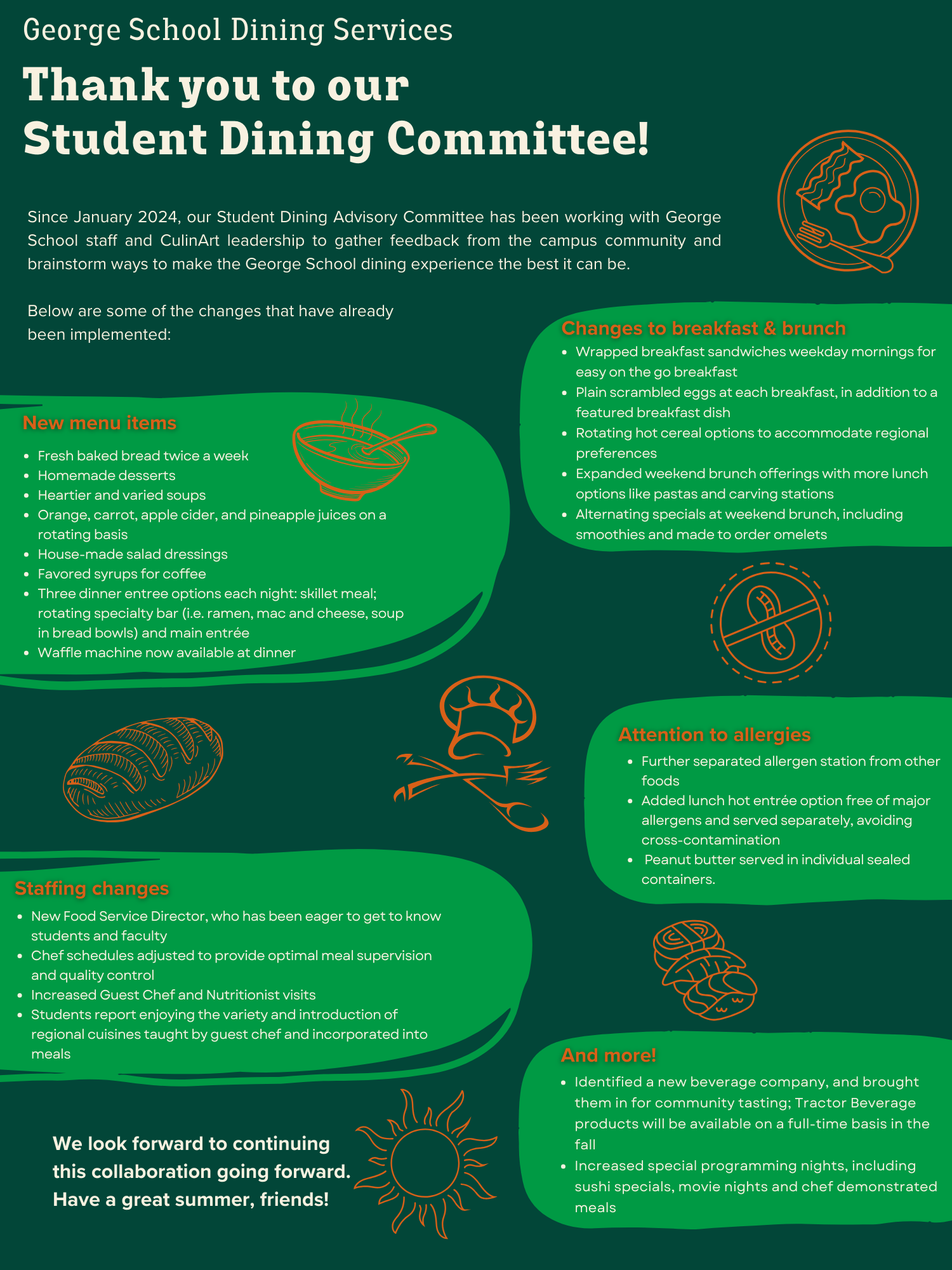
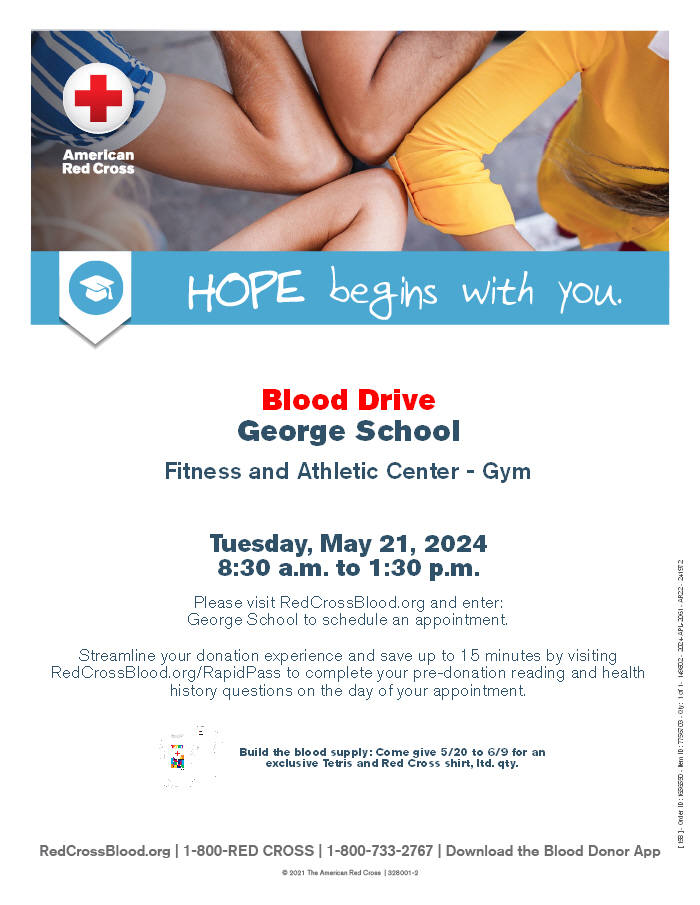

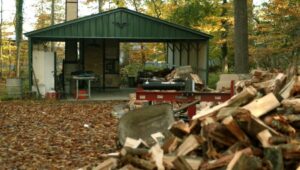

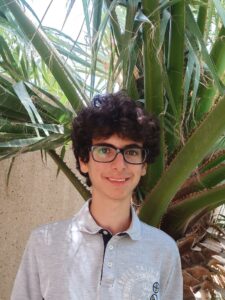 Monastir, Tunisia, and Amman, Jordan
Monastir, Tunisia, and Amman, Jordan Irvine, CA
Irvine, CA Feasterville-Trevose, PA
Feasterville-Trevose, PA New Hope, PA (Previously NYC)
New Hope, PA (Previously NYC) Richboro, PA
Richboro, PA Englewood, NJ
Englewood, NJ Ningbo, Zhejiang, China
Ningbo, Zhejiang, China Willingboro, NJ
Willingboro, NJ Yardley, PA
Yardley, PA Newtown, PA
Newtown, PA Holicong, PA
Holicong, PA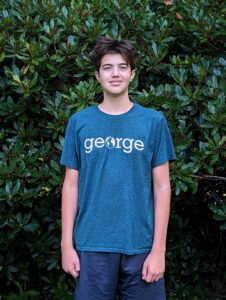 Newtown, PA
Newtown, PA Hamilton, NJ
Hamilton, NJ Yardley, PA
Yardley, PA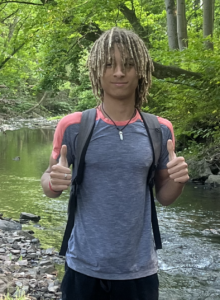 Lambertville, NJ
Lambertville, NJ Chongqing, China
Chongqing, China Pennington, NJ
Pennington, NJ Yardley, PA
Yardley, PA Bensalem, PA
Bensalem, PA Borgota, Colombia
Borgota, Colombia Newtown, PA
Newtown, PA Burlington, NJ
Burlington, NJ Langhorne, PA
Langhorne, PA Princeton, NJ
Princeton, NJ Langhorne, PA
Langhorne, PA New York City, NY
New York City, NY New Hope, PA
New Hope, PA St. Catharines, Ontario, Canada
St. Catharines, Ontario, Canada Providenciales, Turks and Caicos Islands
Providenciales, Turks and Caicos Islands Willingboro, NJ
Willingboro, NJ Princeton, NJ
Princeton, NJ
 Newark, NJ
Newark, NJ Trenton, NJ
Trenton, NJ Newtown, PA
Newtown, PA
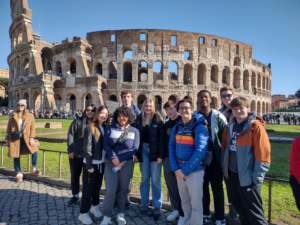
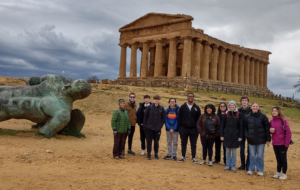




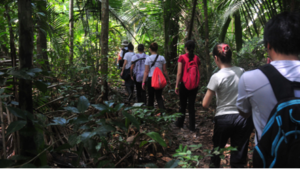
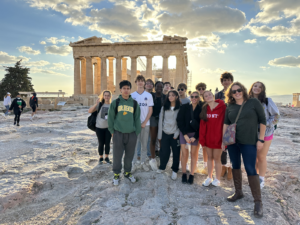
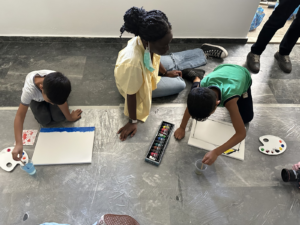
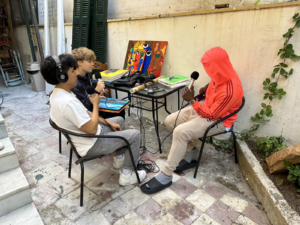

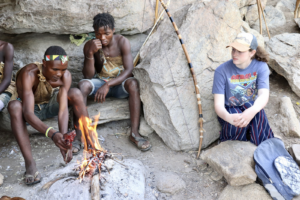
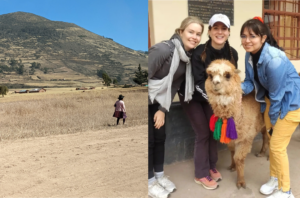

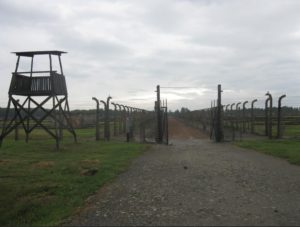


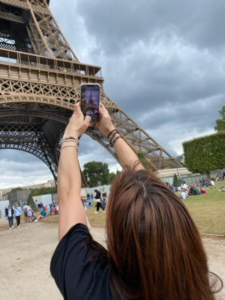
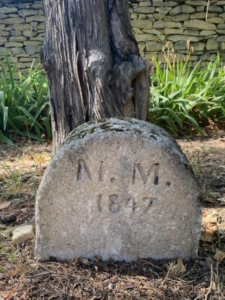
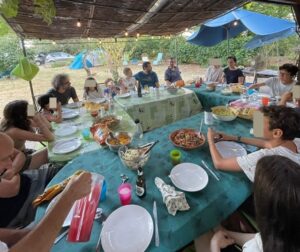
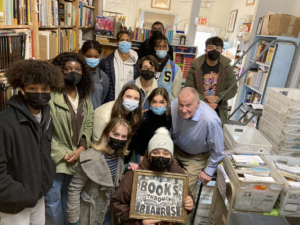
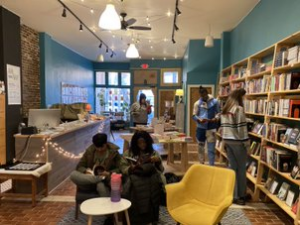
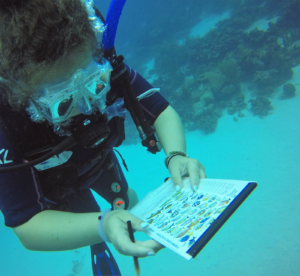

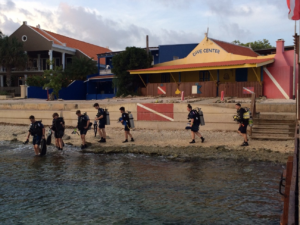
 Lawrence, NJ
Lawrence, NJ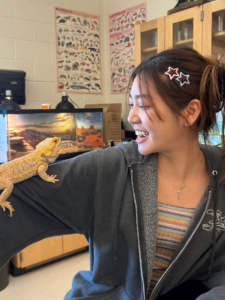 Seoul, South Korea
Seoul, South Korea
 Milwaukee, Wisconsin
Milwaukee, Wisconsin Pennington, NJ
Pennington, NJ Jenkintown, PA
Jenkintown, PA Ottsville, PA
Ottsville, PA Yardley, PA
Yardley, PA Providenciales, Turks and Caicos Islands
Providenciales, Turks and Caicos Islands Hopewell, NJ
Hopewell, NJ
 Pottstown, PA
Pottstown, PA Playa del Carmen, Quintana Roo, México
Playa del Carmen, Quintana Roo, México Shanghai, China
Shanghai, China Beijing, China
Beijing, China Yardley, PA
Yardley, PA Beijing, China
Beijing, China Holland, PA
Holland, PA Langhorne, PA
Langhorne, PA Ringoes, NJ
Ringoes, NJ New Hope, PA
New Hope, PA Dreshner, PA
Dreshner, PA Yardley, PA
Yardley, PA Yardley, PA
Yardley, PA PA
PA


 Xi’an, China
Xi’an, China





